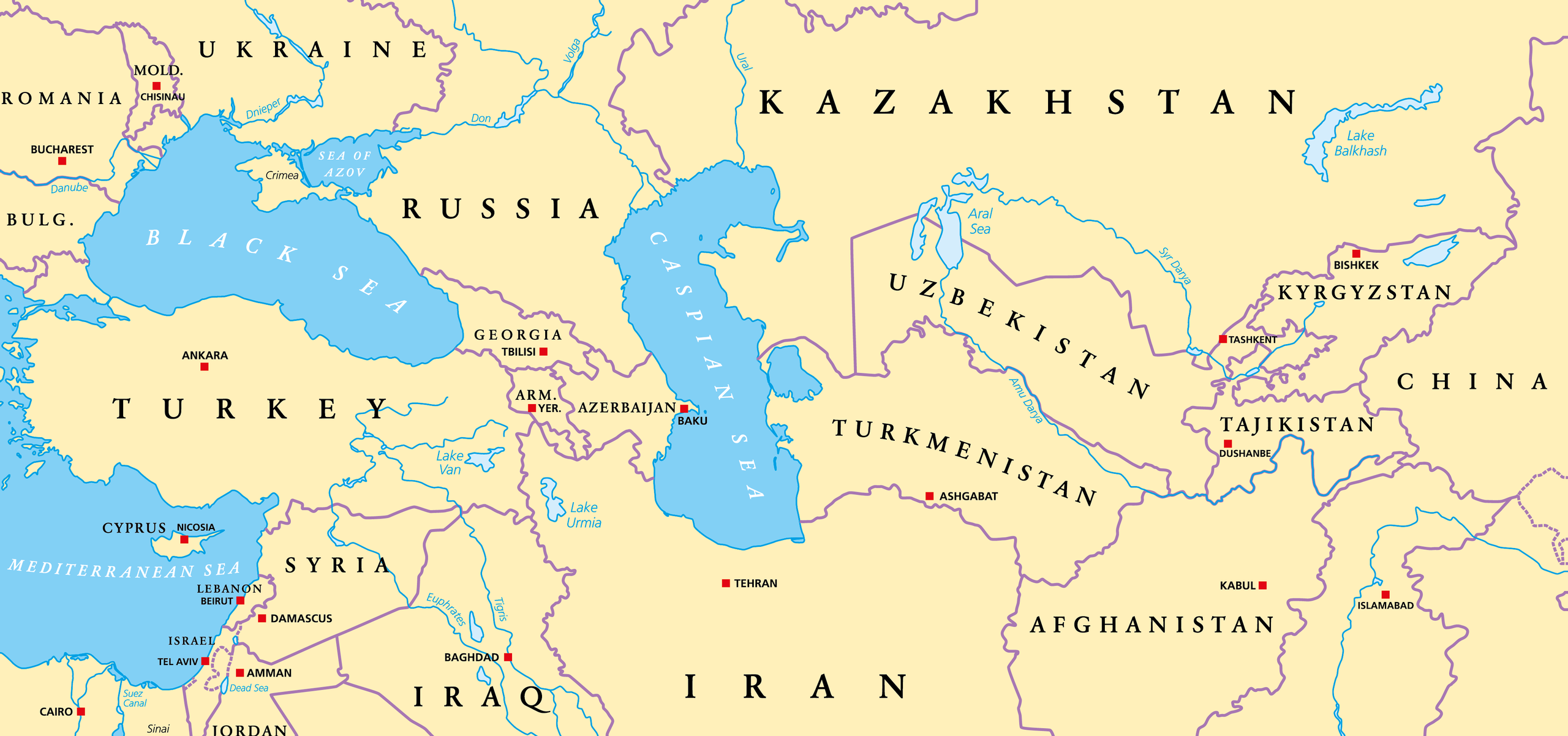The caspian sea straddles the border between eastern europe and asia and borders 5 countries

The Caspian Sea: A Unique Border Between Eastern Europe and Asia
.png) Image Source: Marine Insight
Image Source: Marine Insight
The Caspian Sea is a fascinating geographical feature that straddles the border between Eastern Europe and Asia, making it a truly unique body of water. With its vast expanse and diverse ecosystem, it is both an important natural resource and a cultural crossroad. In this article, we will take a closer look at this intriguing body of water, its location, and the countries that share its borders.
The Caspian Sea, marked by its distinctive shape, is the largest enclosed inland body of water in the world. It stretches from the southeastern tip of Europe to the northwestern edge of Asia, acting as a natural boundary between the two continents. This massive body of water covers an area of approximately 371,000 square kilometers, making it an impressive sight to behold.
 Image Source: WorldAtlas
Image Source: WorldAtlas
The Caspian Sea is bordered by five countries, further emphasizing its significance as a transcontinental boundary. These countries are Iran, Russia, Kazakhstan, Turkmenistan, and Azerbaijan. Each country possesses a unique stake in the sea’s resources and has historical and cultural ties to the region.
Iran, located on the southern coast of the Caspian Sea, holds a substantial portion of the sea’s coastline. The country has a rich history with the Caspian Sea, having used its resources for trade and transportation for centuries. In recent years, the sea has also become a vital source of oil and natural gas for Iran.
To the north of the Caspian Sea, we find Russia. As the largest country in the world, Russia possesses a significant share of the sea’s coastline. This vast stretch of Russian shoreline has allowed the country to establish important ports and industrial facilities, contributing to its economic growth and development.
Kazakhstan is another country that shares a border with the Caspian Sea. As an emerging economic power in Central Asia, Kazakhstan has also recognized the sea’s potential for exploitation. The country has invested in offshore oil extraction, making it one of the leading producers in the region.
Turkmenistan, located on the eastern coast of the Caspian Sea, has recently gained attention for its vast offshore natural gas reserves. The country has undertaken significant projects to tap into these resources, boosting its economy and transforming it into a major player in the region’s energy market.
Lastly, Azerbaijan, situated on the western coast of the sea, has a long-standing connection with the Caspian Sea. The country’s oil industry, dating back to the late 19th century, has played a crucial role in shaping its economy. Today, Azerbaijan remains an important producer and exporter of oil and gas from the sea.
In conclusion, the Caspian Sea stands as a unique geographic feature that straddles the border between Eastern Europe and Asia. With its vast expanse and rich resources, it serves as a significant transcontinental boundary and contributes to the economic growth and development of the five countries that share its borders. Whether it is through trade, transportation, or the extraction of natural resources, the Caspian Sea continues to shape the cultural and economic landscape of the surrounding nations.
Sources:
Tags
Share
Related Posts
Quick Links
Legal Stuff

